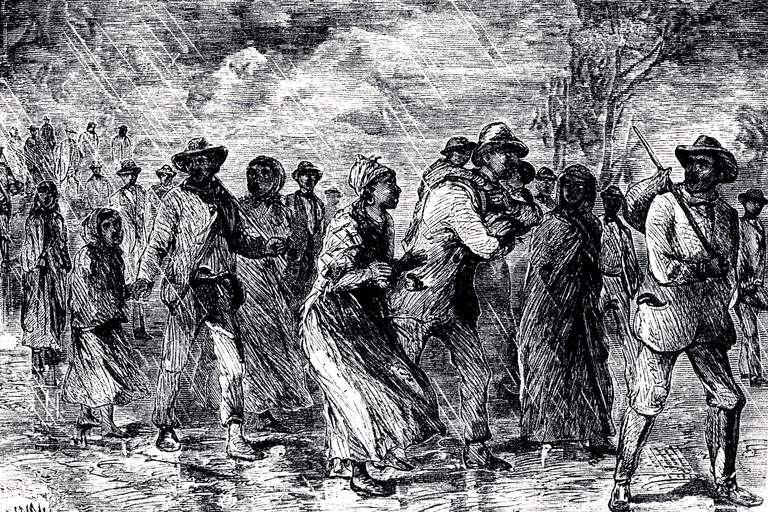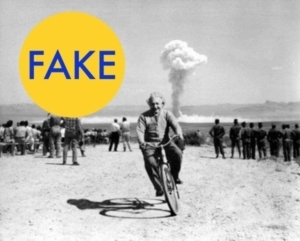I’M JUST CURIOUS: Have you ever wondered…
 by Debbie Walker
by Debbie Walker
Have you ever wondered how long different things might last? Well, I found a few listed in an HGTV magazine awhile back. I thought maybe it might hold some interest for you. It’s an odd assortment of subjects listed in an ABC index. Here we go:
Aloe Vera gel – 12 months once it’s been opened. It’s suggested to store it in the fridge.
Bulbs – 10-15 years These bulbs are of the plant variety, not electrical.
Cast Iron pans – Generations (finally something that lasts). Suggested to use warm water and a non-scratch scrub brush.
Deli-meat – Up to 5 days. (Told you it is an odd assortment). Best if kept in meat drawer.
Exterior Paint Job – Up to 10 years preparation, the quality of paint and color play into it.
Fertilizer (dry or liquid) – Forever. If it clumps or crystals break with a trowel.
Hot Water Heater (tank) – up to 12 years, (tankless) up to 15 years. Maintenance is big issue – should be flushed out when heat system gets checkup.
Ice Pops – Up to 18 months. Home made only about three weeks. Store in back of freezer.
Skipped J, K on to L
Laptop – three to five years. That one is funny! I know kids who can kill them off fast. Then you have me who has been using my adult granddaughter’s cast off for over six years!
Mattress – Up to 10 years. If it’s not a pillow top it ought to be rotated two times a year. We’re waking up achy, may be time for a new one. The achy can’t be because of US growing old.
Nut Butter – Up to 6 months. Store opened jars in fridge. Oil separation is normal, if it smells like oil paint, it’s bad.
Skipped O & P
Quinoa – three years. Keep it in cabinet away from heat source. It’s not a grain and any moisture may make it sprout.
Razor Blades – up to six weeks If you shave more than 2 times a week, anything over six weeks you’ll get razor burns and nicks.
Shower Curtain Liner – one year.
Skipped T,U & V
Wood Cutting Board – A lifetime, maybe even a passer-oner.
Skipped X,Y & Z
Okay, on to something else. Have you ever heard of Spoonerism? I hadn’t but I like it! It is an error in speech or a deliberate play on words where letters are switched between two words in a phrase. Examples follow:
Heard at a wedding: “It is kisstomary to cuss the bride.”
Heard a nervous college student on an official visit: “Is the bean dizzy?”
Heard from many a mother: “Now you go upstairs and shake a tower!”
Heard from aggravated fan: “I can’t believe they scored a Dutch town!”
I’m just curious how many times I have done the word swap! Thanks for reading! Contact me at dwdaffy@yahoo.com. Don’t forget this winter when you can’t get out to get a paper, we are online!











 by Jac M. Arbour CFP, ChFC
by Jac M. Arbour CFP, ChFC (NAPS)—The flu is nothing to sneeze at. According to the Centers for Disease Control and Prevention (CDC), influenza has resulted in between 9.2 million and 35.6 million illnesses annually since 2010. The best way to stay out of such statistics, the CDC says, is for everyone who is eligible and at least 6 months old to get a flu shot as soon as the vaccine becomes available.
(NAPS)—The flu is nothing to sneeze at. According to the Centers for Disease Control and Prevention (CDC), influenza has resulted in between 9.2 million and 35.6 million illnesses annually since 2010. The best way to stay out of such statistics, the CDC says, is for everyone who is eligible and at least 6 months old to get a flu shot as soon as the vaccine becomes available.






